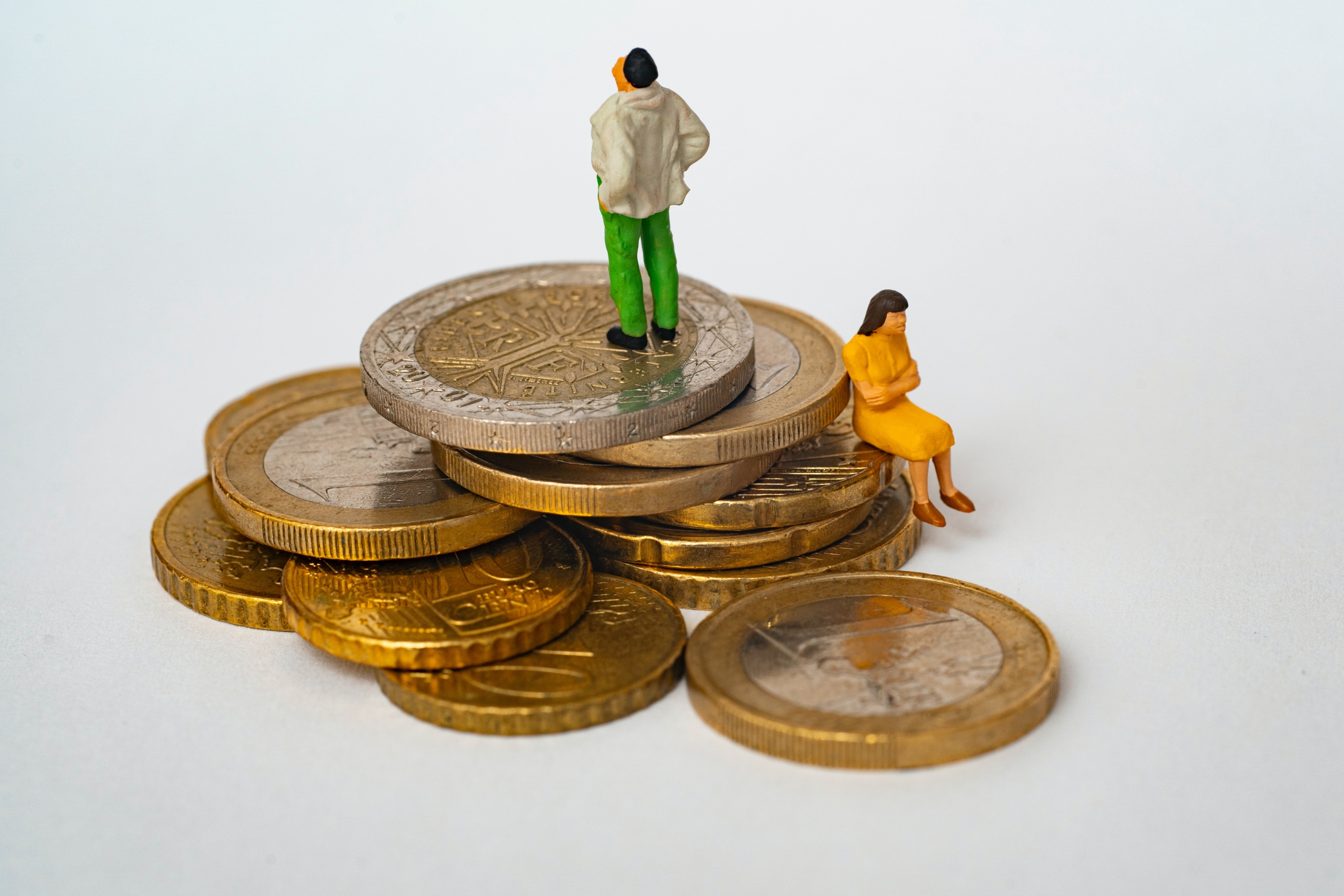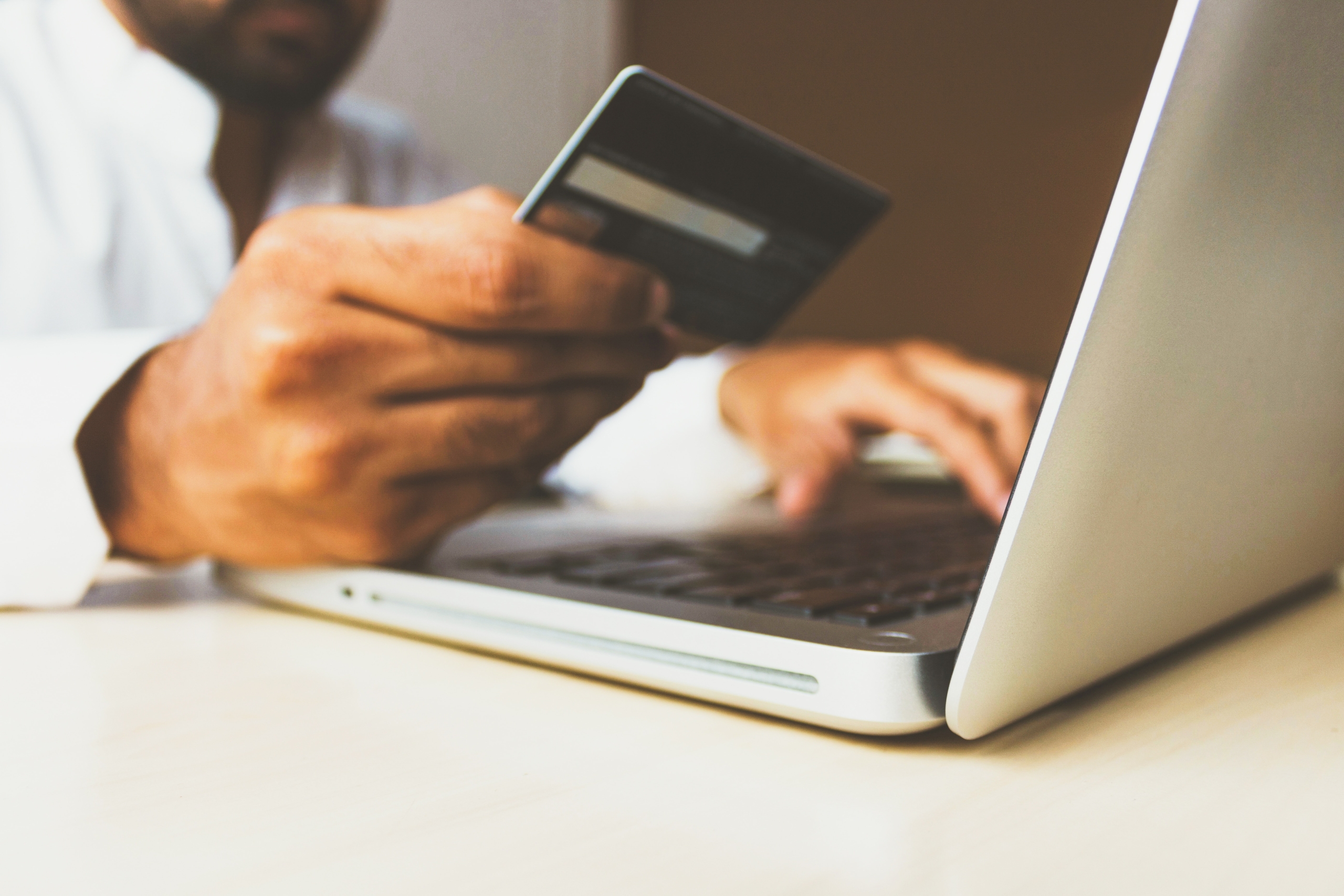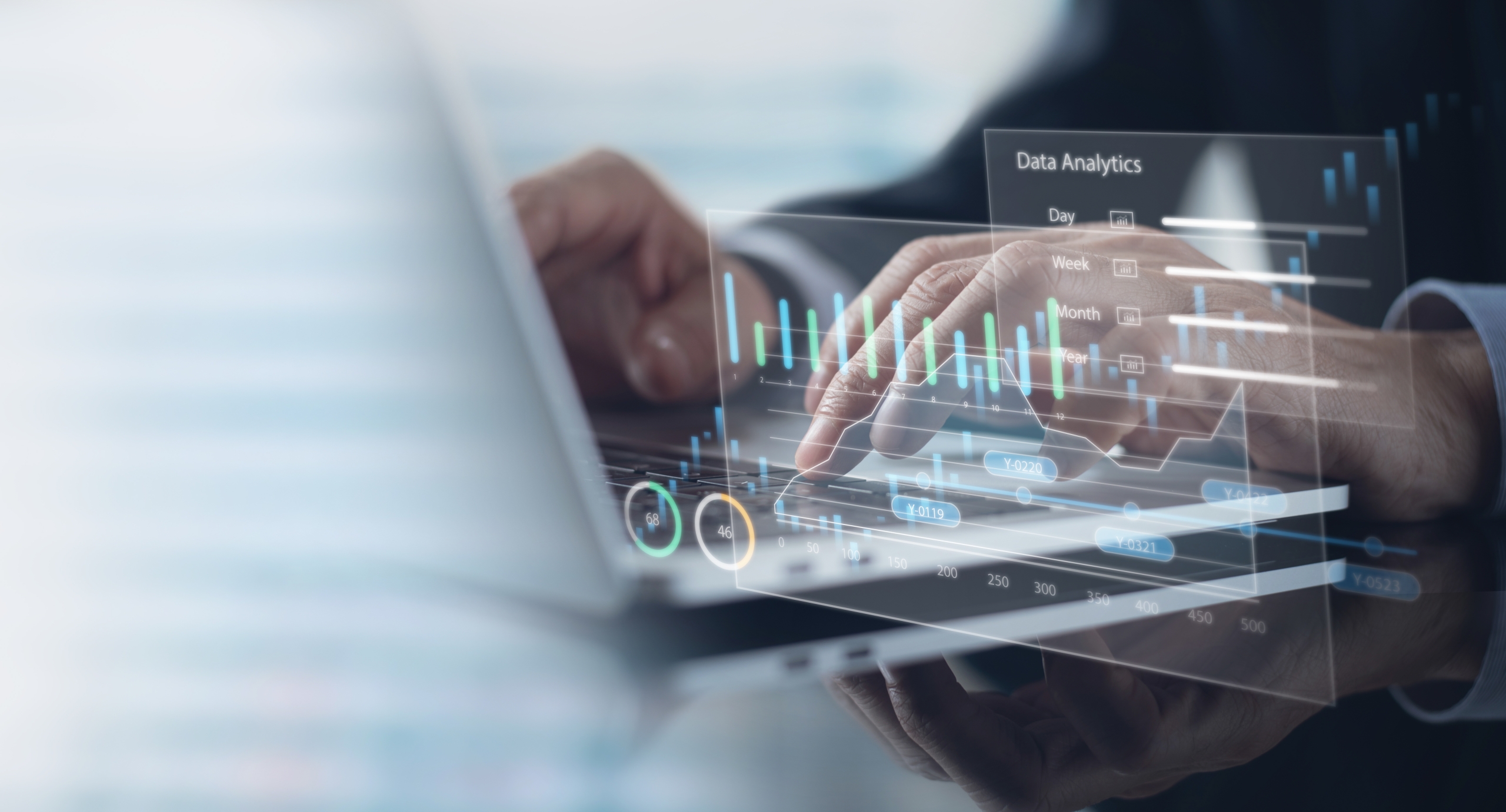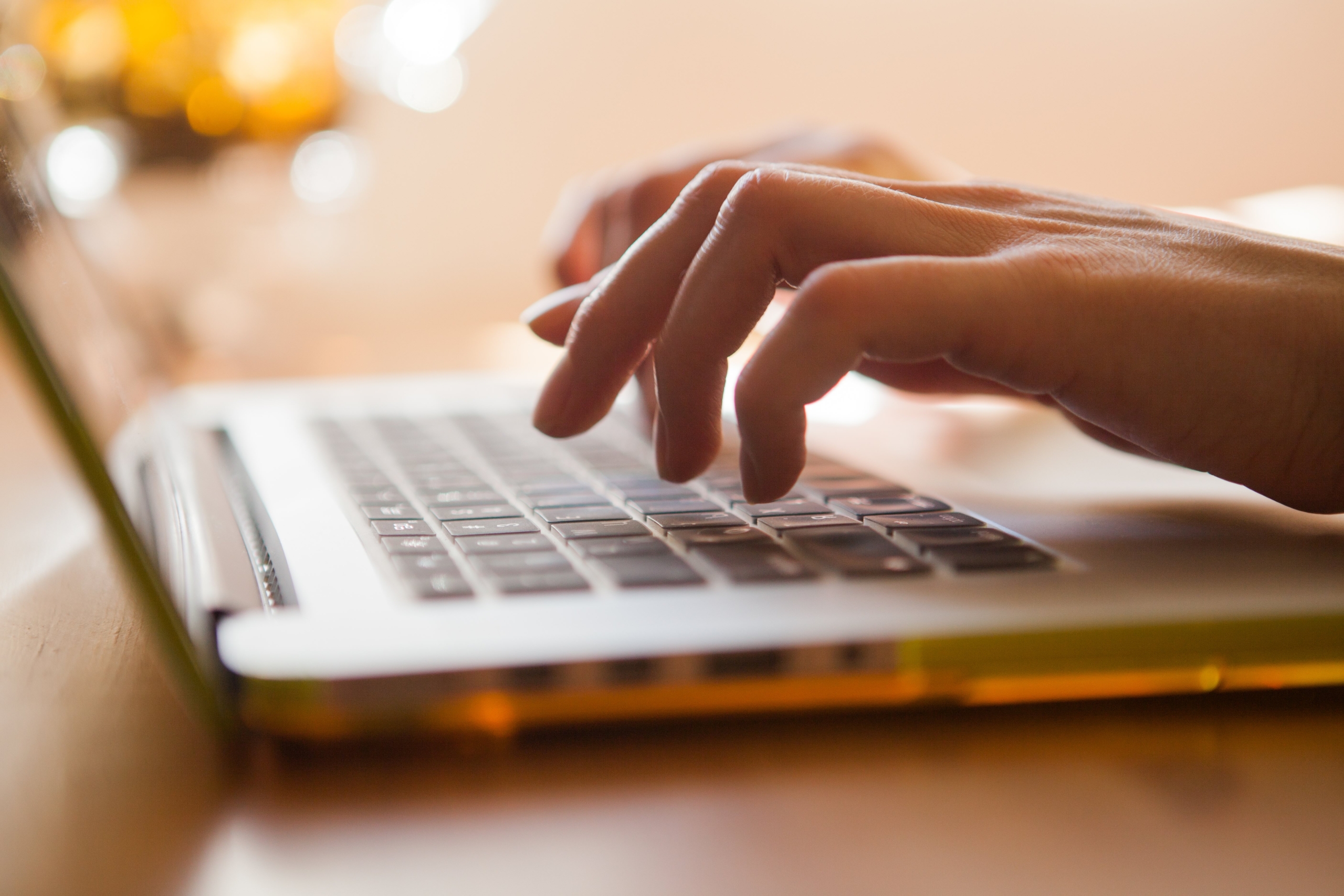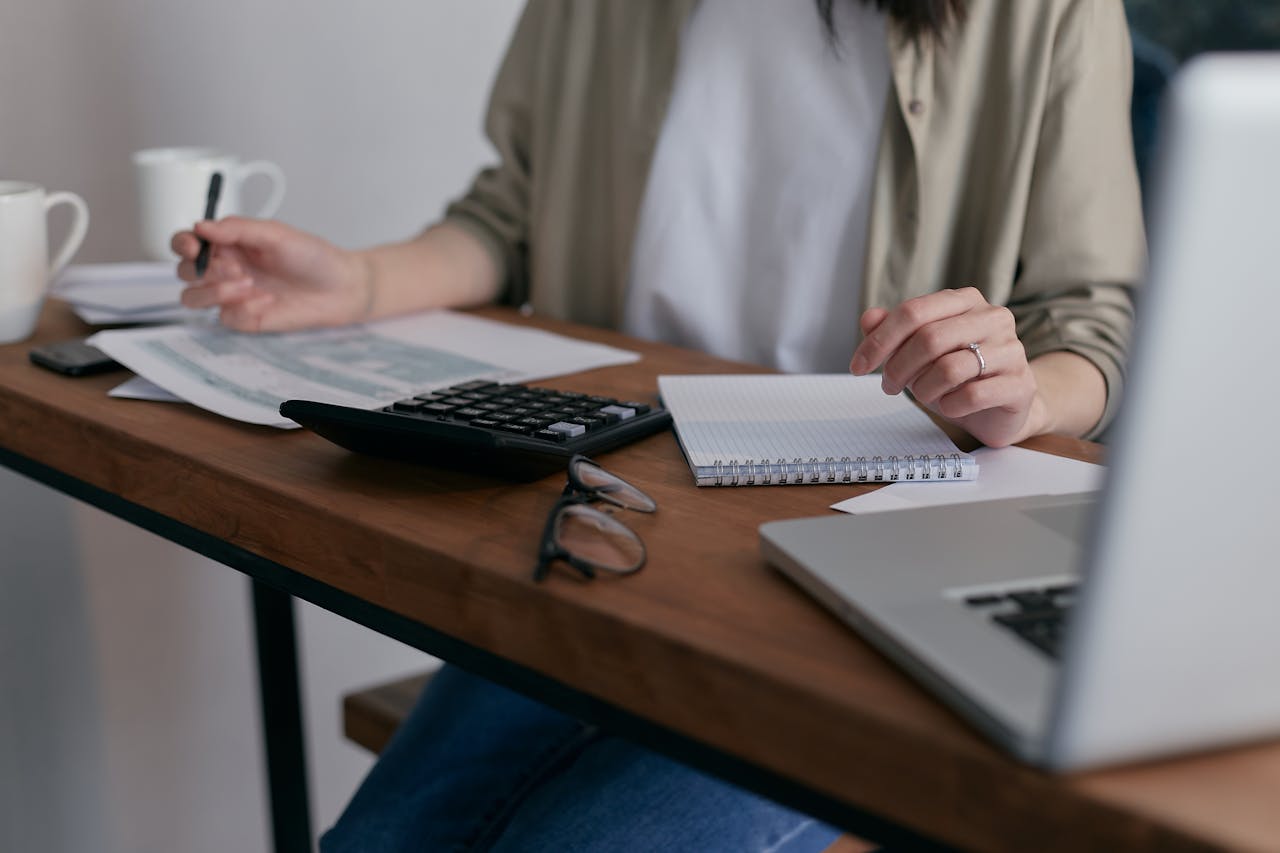Assets and liabilities together form the balance sheet of a company and keep each other in balance. There are different forms of assets to distinguish, such as current assets and fixed assets. On the balance sheet, assets are on the left on the debit side and liabilities are on the right on the credit side.
What are assets?
Assets consist of all the possessions of a company that are usually expressed in monetary value. There is a distinction between current assets and fixed assets with a subdivision into financial assets, tangible assets, and intangible fixed assets.
What are current assets?
Current assets consist of possessions that belong to the company and are on the balance sheet, but are intended for the short term. Examples of current assets: if you have a store with a stock of products in the warehouse, this stock falls under current assets. Do you have a receivable from a debtor to whom your company has provided a service? Debtor receivables are also attributable to current assets. Thus, liquid assets such as a business bank account and cash also belong to current assets.
What are fixed assets?
Fixed assets include possessions in the form of tangible assets, such as a company car, laptop, and business premises. In addition, there are financial assets that have a financial character. An example of this is if your company has shares in another company or if there is a long-term loan issued. In the area of intangible assets, there are non-tangible possessions, such as a patent or goodwill.
What are liabilities?
Liabilities are the debts of the company and are visible on the balance sheet on the credit side on the right. This side shows how the company is financed. Various debt components can be attributed to liabilities. An example of this is foreign capital, which consists of short-term foreign capital and long-term foreign capital. Equity also falls under liabilities, as do any provisions or reserves.
Examples of liabilities
Equity on the liabilities side represents assets minus debts or liabilities minus assets. The reason equity is on the credit side is that it is seen as a debt to the company. Short-term foreign capital consists of invoices that are outstanding with suppliers as well as VAT that still needs to be paid. These are really short-term debts.
In the case of long-term foreign capital, there are debts with a longer term. Think of a mortgage on a business property or an agreement for a lease car. Provisions and reserves include, among other things, the possible retirement reserve. A reserve on the book profit from the sale of a business asset also falls under this heading.

